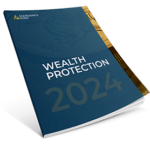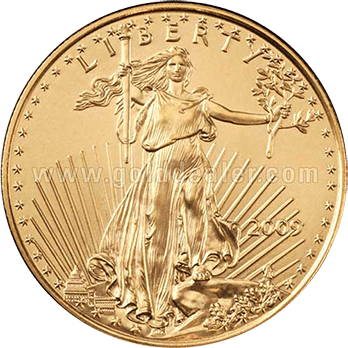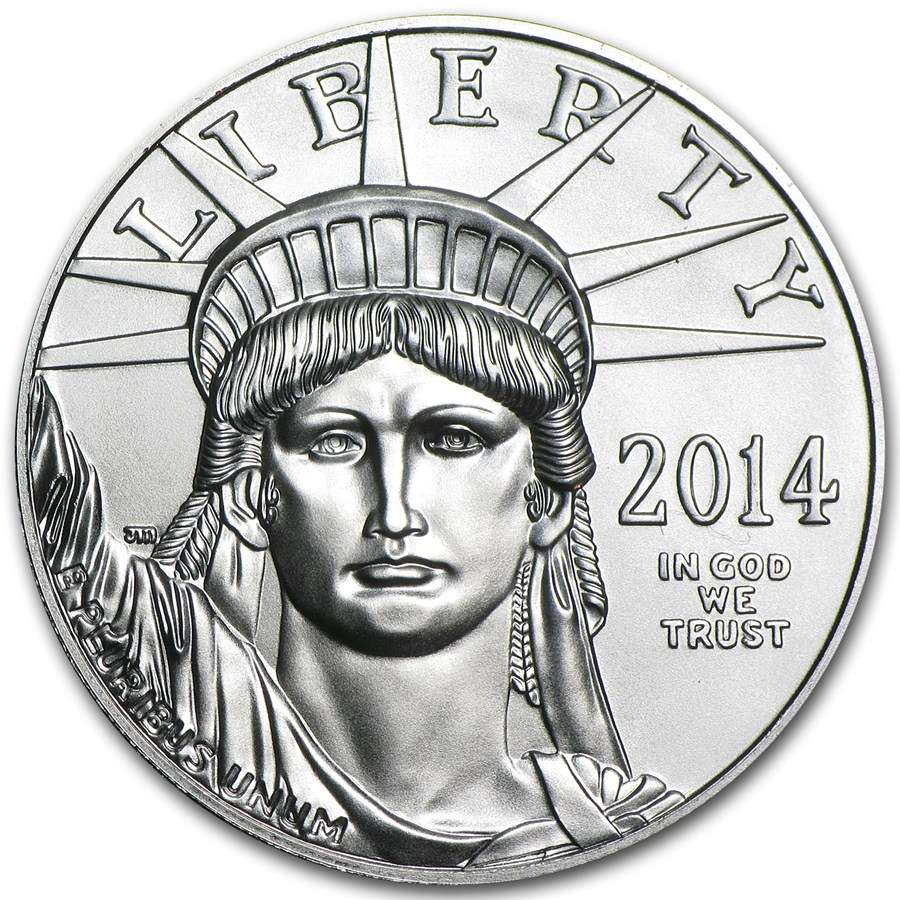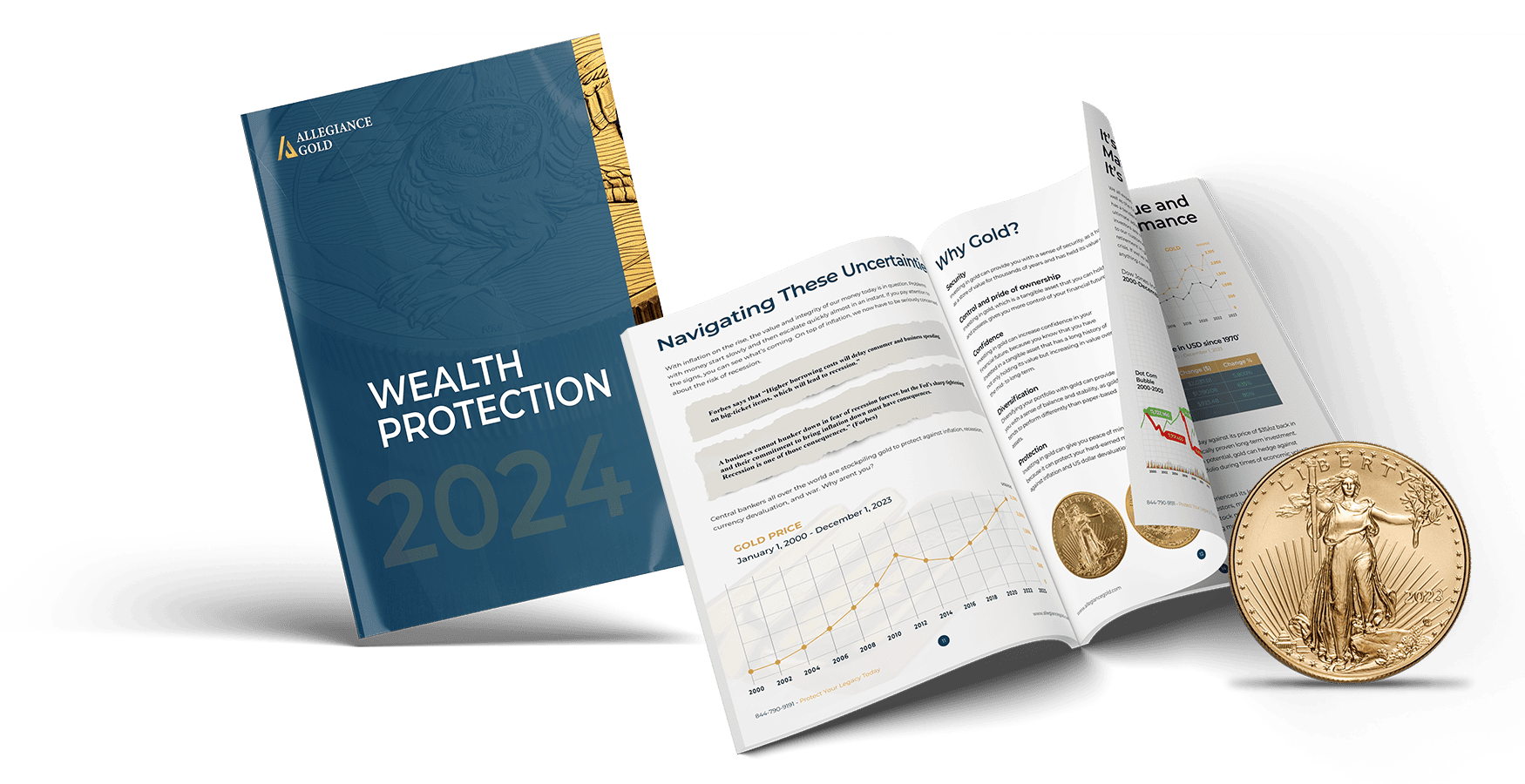Retirement planning can be stressful, but in a volatile economic and political climate it’s that much more confusing. Here are the key factors you need to know to secure your savings.
If you’ve been thinking about your retirement options, now is the time to consider what the future might hold amid the health and economic crisis in the midst of the current political turmoil.
Biden has said in the past that the wealthy should pay more in taxes and that the tax code should be more progressive and equitable. That includes eliminating loopholes that favor the rich and large corporations. President Trump called out Biden’s plan at the last debate, saying it will cripple the US economy and lead to a long-lasting depression. Here’s why:
Income Taxes
Biden would repeal changes made to individual income tax rates for the wealthy under the 2017 Tax Cuts and Jobs Act, which means the top rate would revert back to 39.6% from 37%.
Additionally, income above $400,000 would be subject to the 12.4% Social Security tax – split evenly between employees and employers.
Corporate Taxes
The Tax Cuts and Jobs Act reduced the corporate tax rate to 21% from 35%, however, Biden wants to raise taxes to 28%.
He has proposed creating a minimum tax on corporations with at least $100 million in book profits, which means corporations would pay either their regular corporate income tax or a 15% minimum tax – whichever is greater. Companies would also pay more on their foreign income.
Capital gains
Another big change Biden wants to make is to tax capital gains at the same rate as ordinary income for households earning more than $1 million. Currently, short-term capital gains are taxed at the same rates as income, but long-term gains are taxed at lower rates. The top long-term rate is 23.8%.
Estate and gift taxes
The Tax Cuts and Jobs Acts essentially doubled the basic exclusion amount to $11.58 million in 2020. Assets exceeding that threshold are subject to a 40% tax rate. Biden’s plan would undo that change, meaning you would be able to transfer fewer assets without triggering the tax. This will impact charitable giving for non-profits as well. Biden would also do away with step-up in basis, which means unrealized capital gains would be taxed at death.
How does this affect your retirement?
Under current policy, standard deferred tax retirement plans, including 401(k)s, IRAs, and other variants, are taxed at distribution time rather than contribution time. Biden-Harris propose to tax the plans at both contribution and distribution, and to offer a refundable tax credit to make up for the double taxation. The idea is justified on the basis of fairness, since avoiding tax at contribution time is worth only 12% to most middle-income workers, but 37% for the highest-income workers.
In contrast to previous proposals, Biden’s plan limits the benefit for the highest earners in favor of the lowest earners. The intention may be to even the playing field, however in reality, if your income is over $40,000 individually or $80,000 if filing jointly, your retirement accounts will be affected.
Tax-Free Retirement Options
Traditional IRAs will become an issue for some as higher-income earners who currently enjoy greater tax savings from contributing to a 401(k) will be paying more in taxes, making them potentially more inclined to save in a Roth account which enables tax-free savings for a limited income. This means your Modified Adjusted Gross Income (MAGI) must be under $137, 000 for the tax year 2019 and under $139,000 for the tax year 2020 to contribute to a Roth IRA, and if you’re married and filing jointly, your MAGI must be under $203,000 for the tax year 2019 and $206,000 for the tax year 2020.
These limitations have investors looking for alternative ways to secure their investments which is why many are turning to precious metals like gold and silver. Rolling over an existing retirement account to a Gold IRA or even opening a new one is simple and tax-free. In a few easy steps, you can be on your way to a safe retirement.
Unlike contributions to a traditional IRA, Roth IRA, 401(k), and other retirement savings plans that are limited by the Internal Revenue Service (IRS) to prevent highly paid workers from benefitting more than the average worker from the tax advantages they provide, with a Gold IRA there are no limitations, allowing you to customize your retirement with a plan that fits your budget, goals and wealth.
At the end of the day, major changes like these will depress interest in big-dollar savings accounts. It’s not clear how much more lower-income earners would actually save overall, despite bigger tax incentives, however, richer households may very well save less in traditional retirement plans. The general consensus that a tax credit would make the system more progressive, bringing gains to middle- and low-income earners and losses to the wealthy will have to be re-examined but either way, the retirement industry will face significant obstacles to address these potential reforms.
Investors, growing more and more concerned for the future, are strategizing to secure their retirement savings with precious metals like gold and silver. It’s no secret central banks have been doing this for years but seeing the significant rise in value both metals have been seeing this year, investors are flocking to this safe-haven metal as the ideal investment to hedge their portfolios.
The stock market has been especially volatile amid the coronavirus. Investors have seen gold soar 25% this year and silver double in value so they’re taking advantage of the recent price dip to acquire as much as they possibly can. Gold and Silver are already back to their upward trajectory from last month. With predictions for both metals expected to double once more, many are seeing this opportunity as the perfect time to load up on precious metals for their retirement savings to minimize market risk and see substantial gains in the near future.



 Custom Precious Metals IRA
Custom Precious Metals IRA



